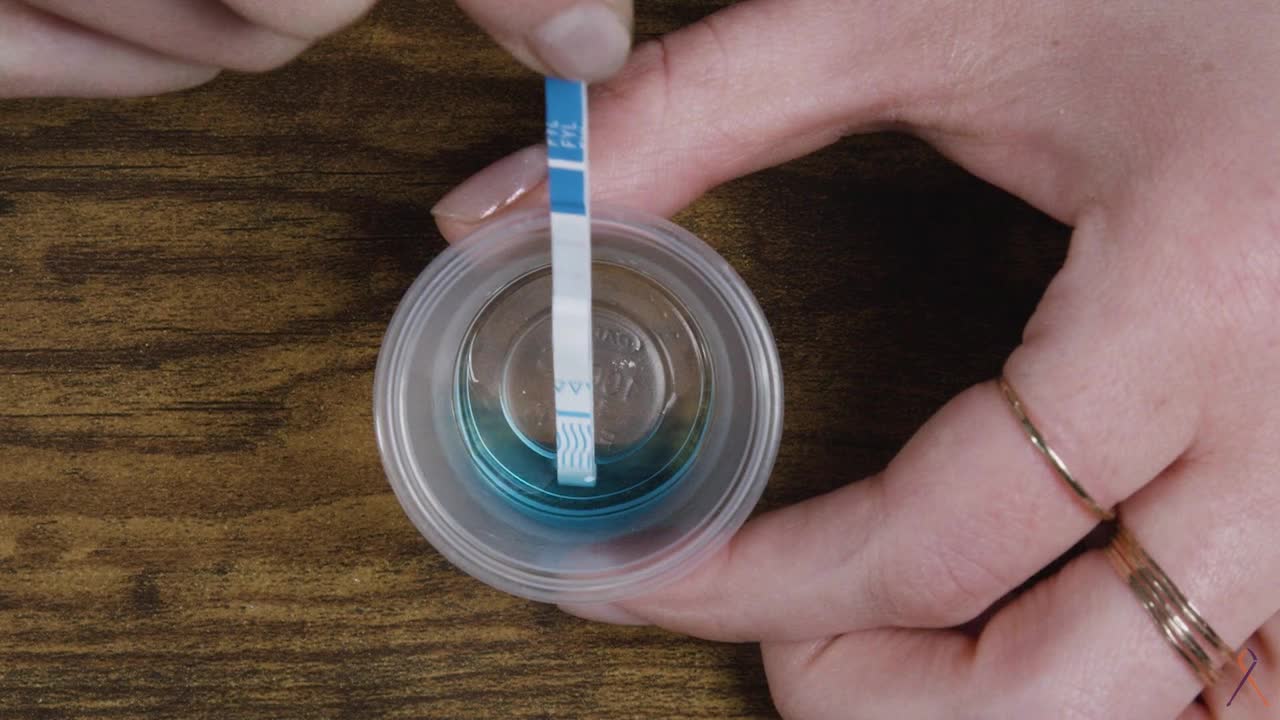All you need to know about Fentanyl Test Strips

Fentanyl Test Strips: A Vital Tool in Australia's Pending Fentanyl Crisis
Fentanyl is a synthetic opioid responsible for over 73,000 overdose deaths in the US in 2022. While not yet a widespread crisis in Australia, recent fentanyl seizures by the Australian Federal Police underscore the urgent need for proactive measures. In recent years, NSW Health has warned about the alarming rate of fentanyl circulating in Sydney. Amidst this potential crisis, a simple but powerful tool has emerged: fentanyl test strips.
What are Fentanyl Test Strips?
Fentanyl test strips can detect the presence of fentanyl in illicit drugs, making it a most powerful tool in preventing harm from drug use.
These small strips provide valuable feedback about the presence of fentanyl in drug samples and allow users to make more informed decisions about their drug use and avoid potential overdose.
Understanding Fentanyl
Fentanyl's potency is what makes it so deadly. Fentanyl is 50 times stronger than heroin and 100 times more potent than morphine. A mere 2 milligrams, equivalent to a few grains of table salt, can be fatal. When mixed with other drugs, the danger of accidental overdose is heightened, often without the user's knowledge.
It's not just fentanyl that poses a danger, but other similar molecules with slightly different chemical structures called analogs. Fentanyl analogs are chemical compounds that are structurally similar to fentanyl but have been altered slightly, which can make them even more potent and dangerous. These drugs are often sold on the black market as counterfeit pills or mixed into heroin and other substances. The allure of these “designer drugs” lies in their ability to produce intense highs. However, this comes with significant risks, hence the need for effective harm-reduction measures.
The Making of Fentanyl Test Strips
Fentanyl test strips are a marvel of modern immunology that detect the presence of fentanyl and many of its known analogs in various drug samples.
Firstly, the fentanyl antibodies are developed in the laboratory by exposing the immune system of mice to the fentanyl molecule. Antibodies are proteins produced by the immune system in response to foreign substances, in this case, the fentanyl molecules. The mice's antibody cells most sensitive to fentanyl are isolated, and the cell line is reproduced in the lab to manufacture the test strips.
Similar to that of a COVID test, when the strip is dipped into a drug sample, the embedded antibodies bind to fentanyl molecules, resulting in a visible line indicating the presence of fentanyl.
How to use Fentanyl Test Strips
Fentanyl test strips are easy to use and give a result in three minutes. You dissolve a small sample of the drug in water and dip the strip into the solution for 15 seconds. Then, lay the Fentanyl test strip on a flat surface and after three minutes, the strip will indicate whether fentanyl is present.
A single red line on the strip means fentanyl has been detected, while two lines mean it has not been detected. It's important to note that the absence of fentanyl does not guarantee the drug is safe; other potent substances may still be present.
The Role of Fentanyl Test Strips in Harm Reduction
To minimise the harmful effects of drug use, harm reduction strategies acknowledge the reality that people will use drugs regardless, and it is best to treat it as a health issue rather than a criminal activity. Fentanyl test strips embody this approach by empowering individuals to make informed decisions about their drug usage and protect them from overdoses. The benefit of this approach is that drug consumers modify their behaviour by taking less when fentanyl is detected in their supply.
Despite the strips' tangible benefits, the path to the use of fentanyl test strips faces legal challenges and social stigma. In Australia, Fentanyl test strips are completely legal, but incredibly, in some US jurisdictions, they're illegal and considered drug paraphernalia that promotes drug use.

Critics argue that these strips encourage drug use by providing a false sense of security.
On the contrary, evidence suggests that harm reduction strategies like fentanyl test strips encourage safer drug practices like using less and engagement with treatment services. Therefore, harm reduction advocates are advocating for policy changes in Australia to make these life-saving tools more accessible to the drug-using community.
Future Directions
Research into improving fentanyl detection technology continues as scientists explore more sensitive and specific testing methods. We can anticipate more precise analyses with the development of digital tools or even methods to detect a broader range of harmful substances.
Policy change plays a crucial role in guaranteeing access to these life-saving tools. We can make significant strides in combating the opioid epidemic by promoting harm reduction knowledge and fighting for initiatives prioritising health and safety.
Sign in to comment
Recent responses
Get Involved and Join the Movement


